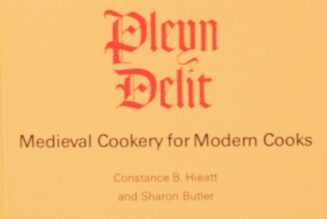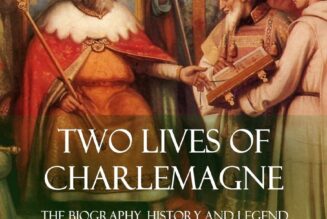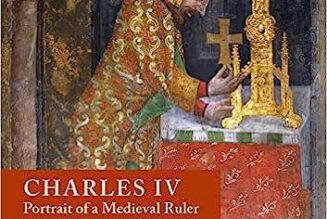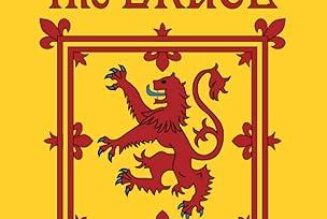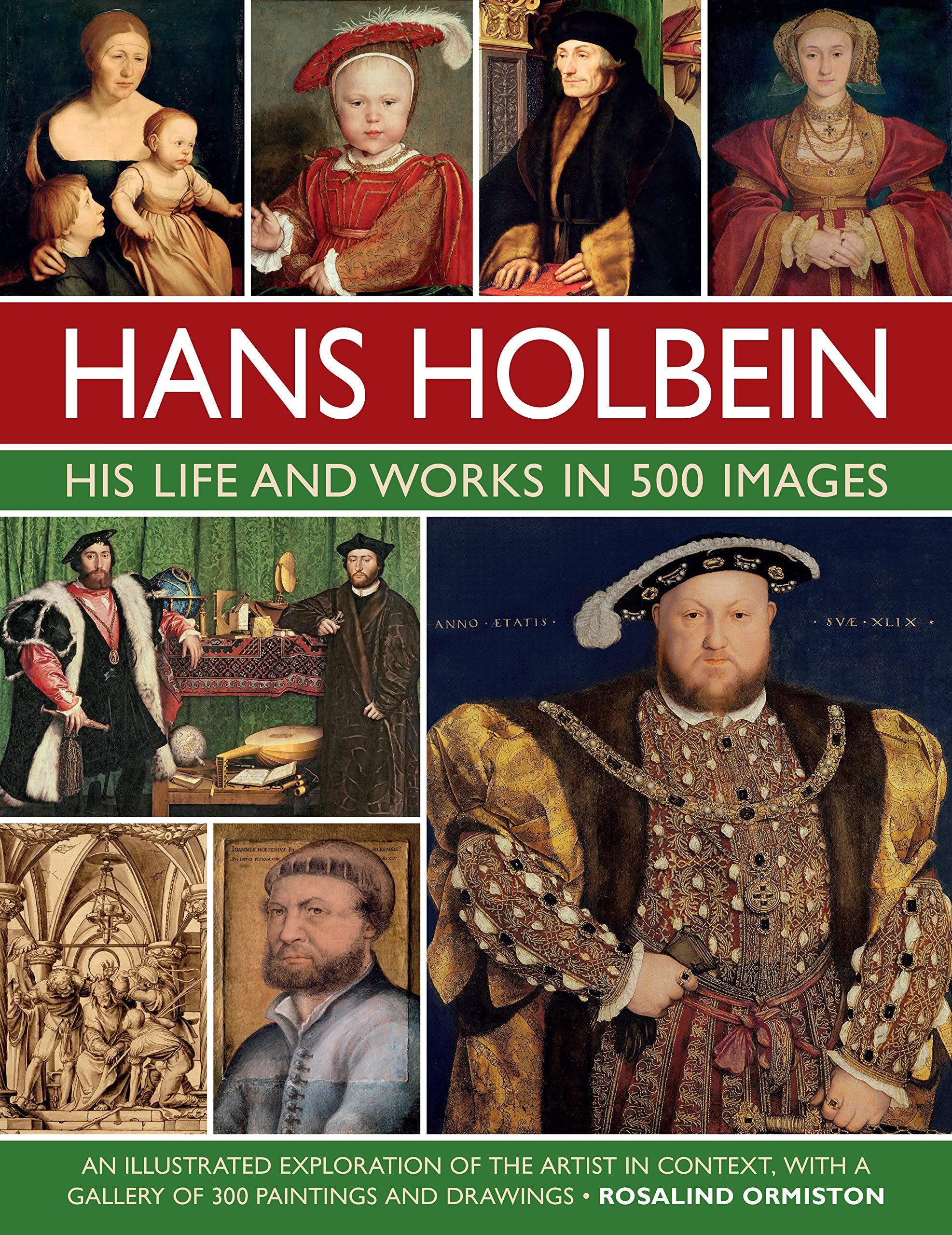
“Hans Holbein: His Life and Works in 500 Images: An illustrated exploration of the artist and his context, with a gallery of his paintings and drawing” by Rosalind Ormiston
Born into a family of talented artists, Holbein learnt to be a draughtsman, a painter, a portraitist, and a designer for woodcuts. What could not be taught was his remarkable skill as a portrait painter. From the Augsburg workshop of his youth, he would achieve high status as Painter to the King at the English court of Henry VIII. Holbein had a talent to engage with his clients, proven by repeated commissions.
He could capture a moment in time, from Erasmus sitting in his study in Basel, to rich Hanseatic merchants seated in their London offices. His gift as a painter was grounded in a sound knowledge of pigments, practical costings and time required to complete a work. In his lifetime he created a unique portfolio of ground-breaking art, predominantly in portraiture. This glorious and comprehensive volume is both a biography and gallery of his work.
Hans Holbein the Younger learned his craft from his father, a distinguished painter of religious art. The younger Holbein would become celebrated in Basel, as one of the four greatest artists in Germany, and in England acknowledged as the ‘Apelles’ of his time for the superb realism of his portraiture.
Born into a family of talented artists in the Northern Renaissance, Holbein’s future career was set at an early age. He learnt to be a draughtsman, a painter, a portraitist, and a designer for woodcuts. What could not be taught was his remarkable skill as a portrait painter that rose beyond that of his father and brother, uncle and cousins. From initiation in an Augsburg workshop as a youth, he would achieve high status as Painter to the King, at the English court of Henry VIII. Holbein had a talent to engage with his clients, proven by repeated commissions.
He could capture a moment in time, from Erasmus sitting in his study in Basel, to rich Hanseatic merchants seated in their London offices. His gift as a painter was also based on a sound knowledge of pigments, practical costings and time required to complete a work. In his lifetime he created a unique portfolio of ground-breaking work, predominantly in portraiture, that continues to astound today, near five centuries after his death.
The details of Holbein the Younger’s life are not well documented, and painstaking research gleans what we know, or can ascertain, through his artworks, his family, his patrons and the people who met him. A fascinating picture of a complex man emerges, who trod a careful path in a time of turbulent political and religious upheaval, and who was a longstanding friend of leading thinkers of the time as well as making the highest connections in the royal court.
This volume is both an in-depth biography of his life and times, and a comprehensive gallery; the second part of the book presents his works from first margin scribblings as a teenager in a copy of Erasmus’ Praise of Folly, his intricate woodcuts and drawings for stained glass, building decorations and murals; his many preparatory sketches, and of course his outstanding portfolio of portraits that managed not only to delight their patrons but also reveal the character and individuality of the sitter.
It was Holbein’s depiction of Henry VIII that has indelibly created our enduring image of the Tudor king, in perhaps one of the earliest and most impressive pieces of marketing. The author also explores the multiple versions of iconic paintings produced during and after Holbein’s lifetime.
With more than 500 reproductions, this beautifully illustrated book is essential reading for anyone who would like to learn about the life, work and influence of an extraordinary painter.

